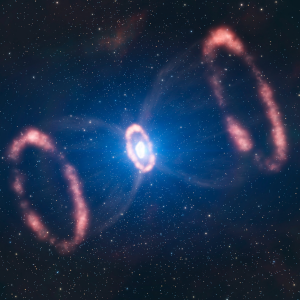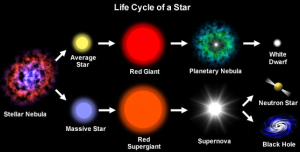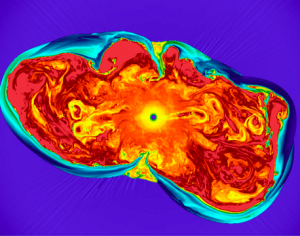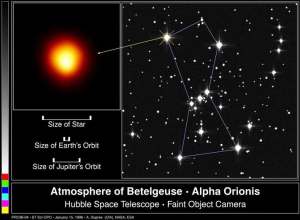Emma is a fourth-year undergrad at the University of Toronto. She’s majoring in the Astronomy and Physics Specialist program at U of T, and is originally from Toronto. Working with supervisor Almog Yalinewich, she’s studying the explosion mechanism of core collapse supernovae – the last stage in the evolution of massive stars.
What made you decide to participate in SURP?
I decided to participate in SURP because it is a great opportunity to participate in astronomy research during my undergrad, and to see if I would enjoy to pursue a career in scientific research.
What is your favourite thing about SURP?
My favourite thing about SURP has been the weekly professional development workshops and Astro101 talks. The professional development workshops have been very helpful, and the Astro101 seminars have been interesting and informative! I have enjoyed hearing talks from a variety of astronomers at UofT. It has also been fun to learn about supernovae for my research project.
Can you tell us about your research project?
My project is semi-analytic supernovae models. So far, I have run simulations of one dimensional shock waves and analyzed the shock trajectories.
Can you explain how SURP has perhaps been different from your undergrad work?
SURP has been very different from my undergrad work. Doing just one research project allows you to go really in depth with one topic in astronomy rather than briefly learning about many topics as is done in undergrad courses. SURP has also allowed me to see what it might be like to have a career in astronomy research as there have been many opportunities to meet and hear from a variety of astronomy researchers.
What are your plans for the future?
I am planning on going to graduate school but I still don’t know specifically what I want to study!





